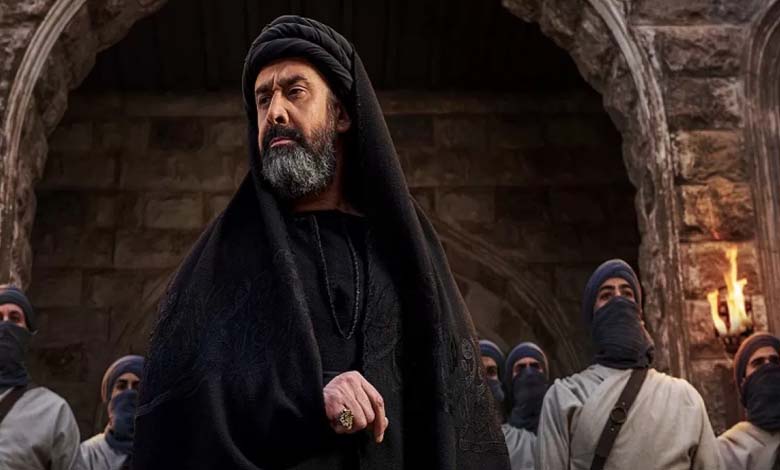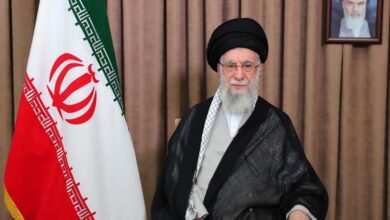They Inhabit the Mountains and Worship the Leader… How Al-Hashashin and the Muslim Brotherhood Eliminated Their Enemies from Rooftops

Within the events of episode 13 of the series “Al-Hashashin,” Hassan Sabbah – the founder of the terrorist Al-Hashashin group – exploits the governance vacuum in the Seljuk state and the chaos within the sultan’s court among the warring brothers for the throne to openly declare his call and bring it from secrecy to publicity.
In the episode, Hassan Sabbah, who resides in the Alamut fortress atop the mountain, issues his orders and instructions to his followers affiliated with him and his call, spreading terror and panic among the people of Isfahan, taking advantage of the chaos that befell the ruling family in Isfahan after the assassination of Sultan Malik Shah, as summarized by the Egyptian newspaper “Al-Dostour.”
Opponents of Sabbah’s call are thrown from rooftops and high places, reminiscent of what Egypt experienced years ago before the terrorist operations carried out by the terrorist Muslim Brotherhood group – which also made Mount Mukattam its headquarters – against the Egyptian people, following the June 30 revolution against the fascist regime of the group, particularly the incident where several children were thrown from the roof of a building in the city of Alexandria in the Sidi Bishr area.
This resulted in the death of 23 people and the injury of nearly 200 others, perpetrated by a member of the terrorist Muslim Brotherhood group, “Mahmoud Hassan Ramadan,” who was executed in 2015.
In the events of the series “Al-Hashashin,” Sabbah explains his plan to spread chaos, terror, and panic among the people of Isfahan, him and his followers.
He tells his followers, “Inspired by my lord Nizar, the time of Malik Shah’s discord is our best time and that of our call. The time is no longer for secrecy and clandestine calling. Isfahan has become a capital without a sultan. I want the believers to show themselves publicly in Isfahan. The call must be public. I want anyone who opposes our call to be killed in the most atrocious manner in the largest squares and streets of Isfahan, to serve as a lesson. I want terror to fill hearts.”
In episode 13 of the series “Al-Hashashin,” Sabbah also revisits his method of spreading terror among the people. This may provoke hatred and revenge from the general public against Sabbah, his call, and his disciples, and turn them into detested monsters in the eyes of the people. Sabbah responds, “The detested monster is something beautiful, O Zaid. It is something that allows the weak to achieve what they want. Just as people joined our cause in the beginning out of sympathy and compassion, they will now join us out of proximity to the strong. It is time for the method to change,” considering that “the dispute among the sons of Malik Shah is a golden opportunity to make people serve the powerful giant demon who appeared in Isfahan and pave the way for the resurrection, the resurrection of the believers, and the recovery of the caliphate throne.”
The series “Al-Hashashin,” written by the screenwriter Abdel Rahim Kamal and directed by Peter Mimi, takes place in a historical context, around the Al-Hashashin group, the most dangerous secret sects in the Islamic world, known for its political assassinations, and the story of its founder, Hassan Sabbah, and the true friendship that bound him to “Nizam al-Mulk.”












